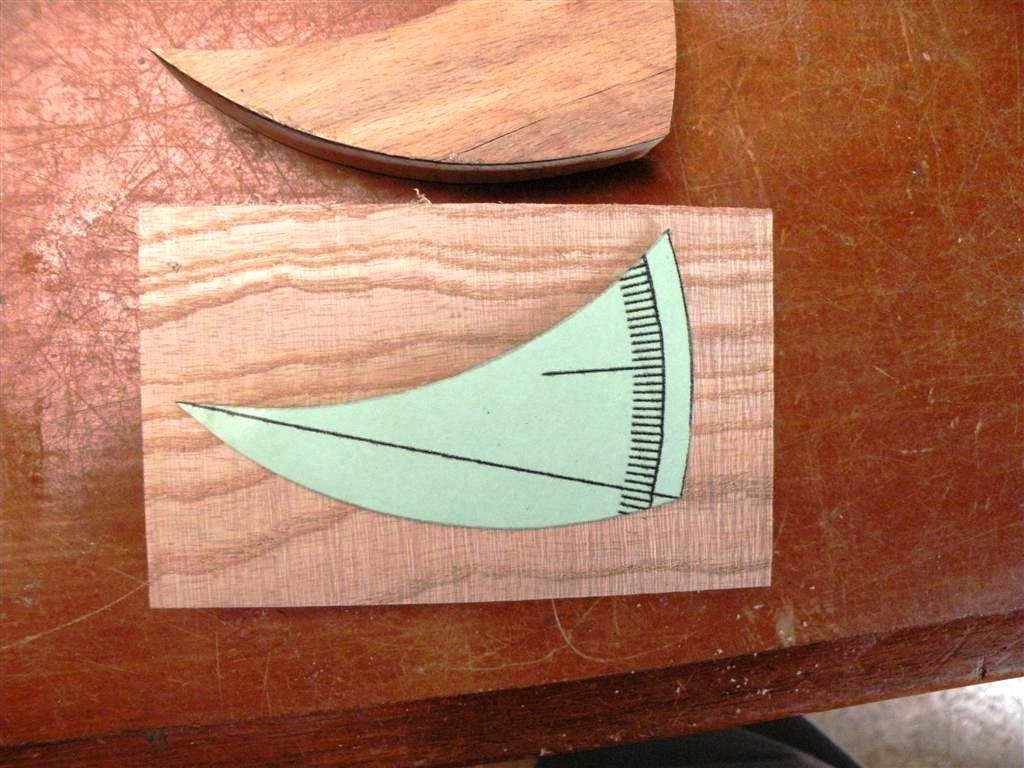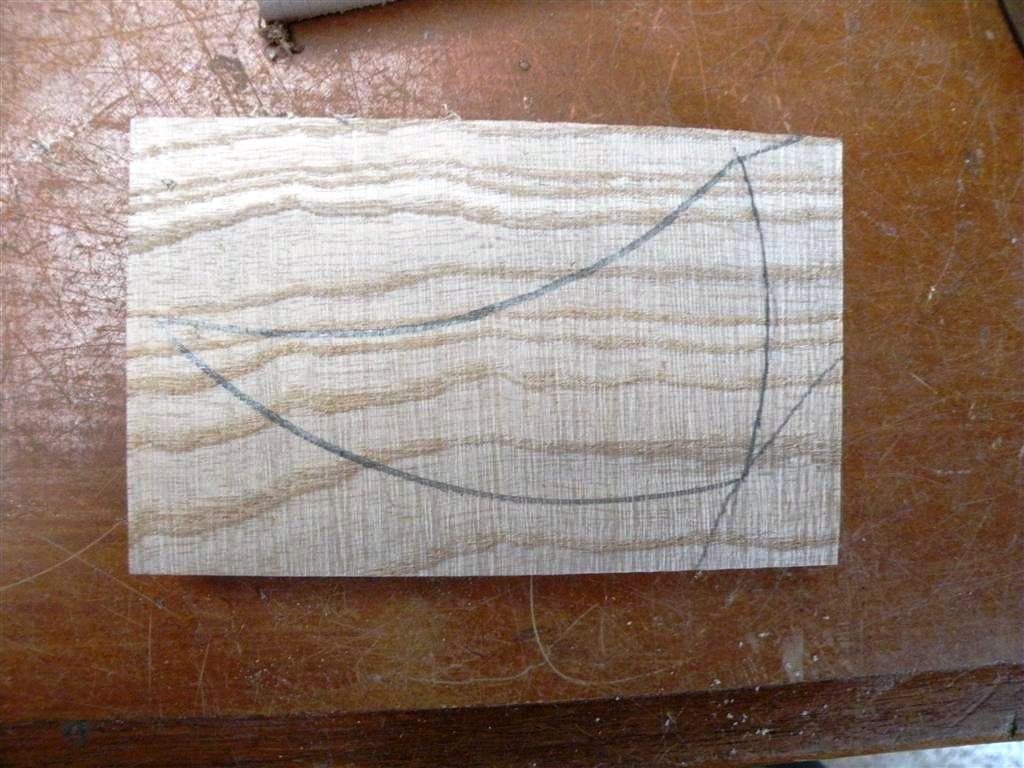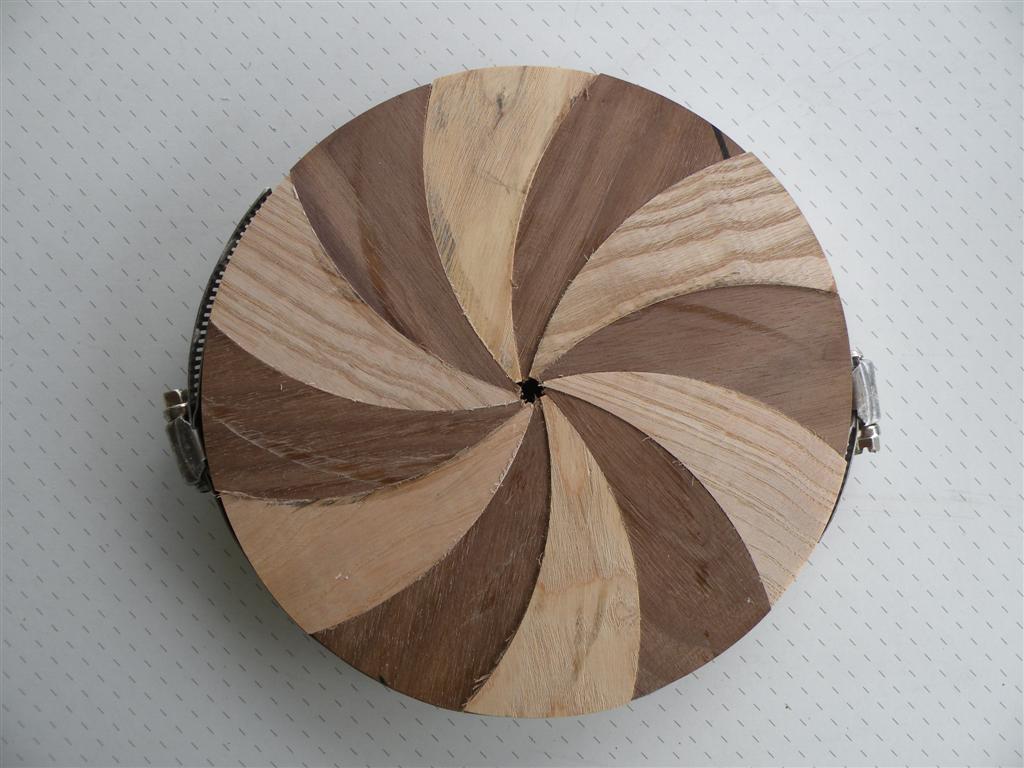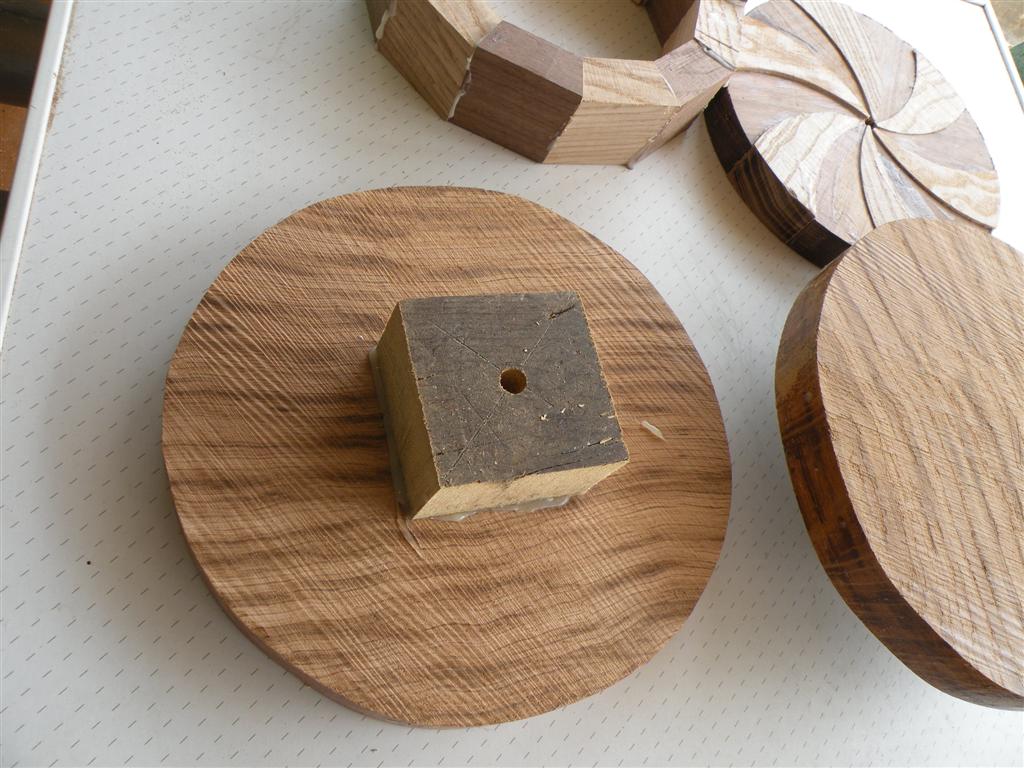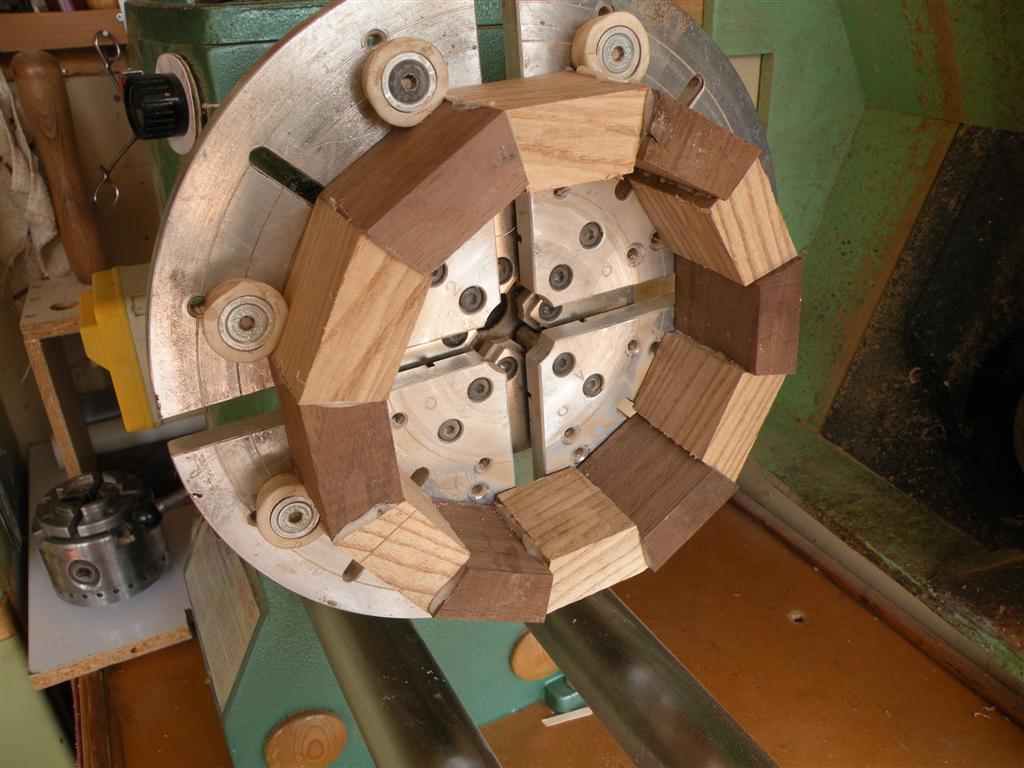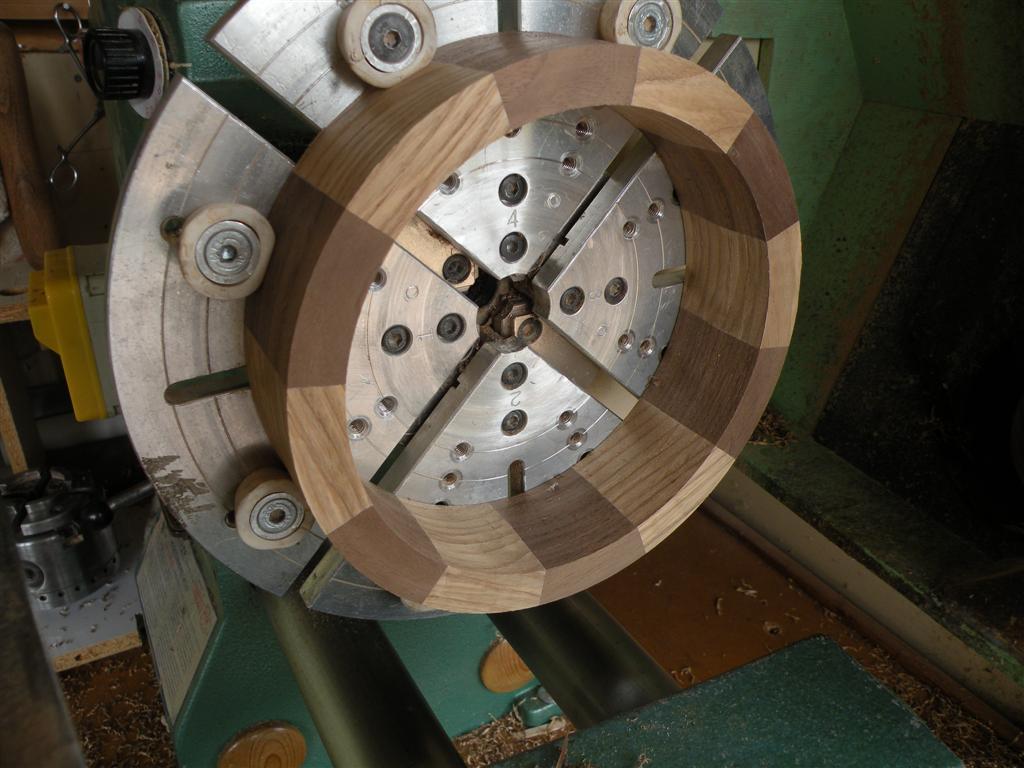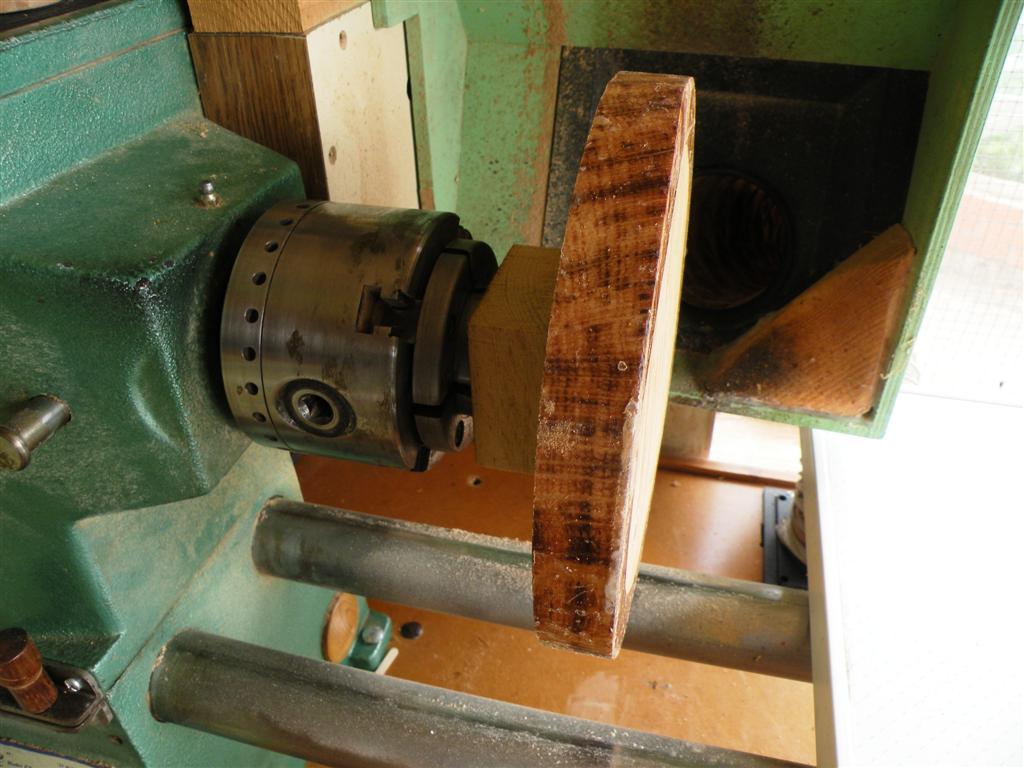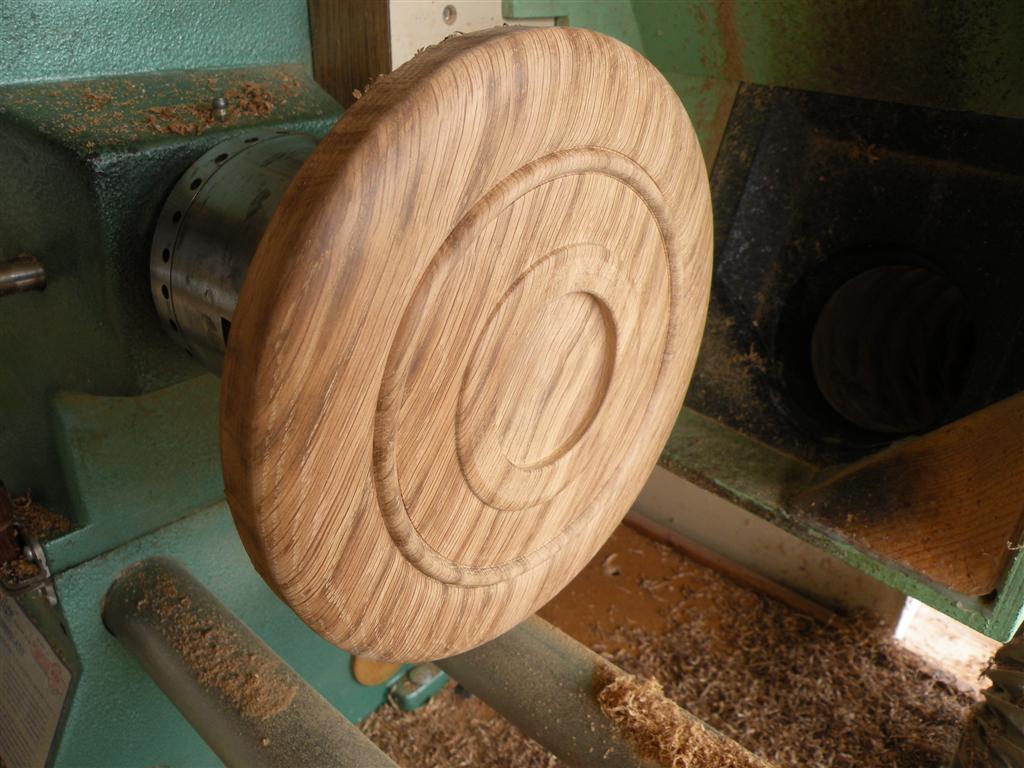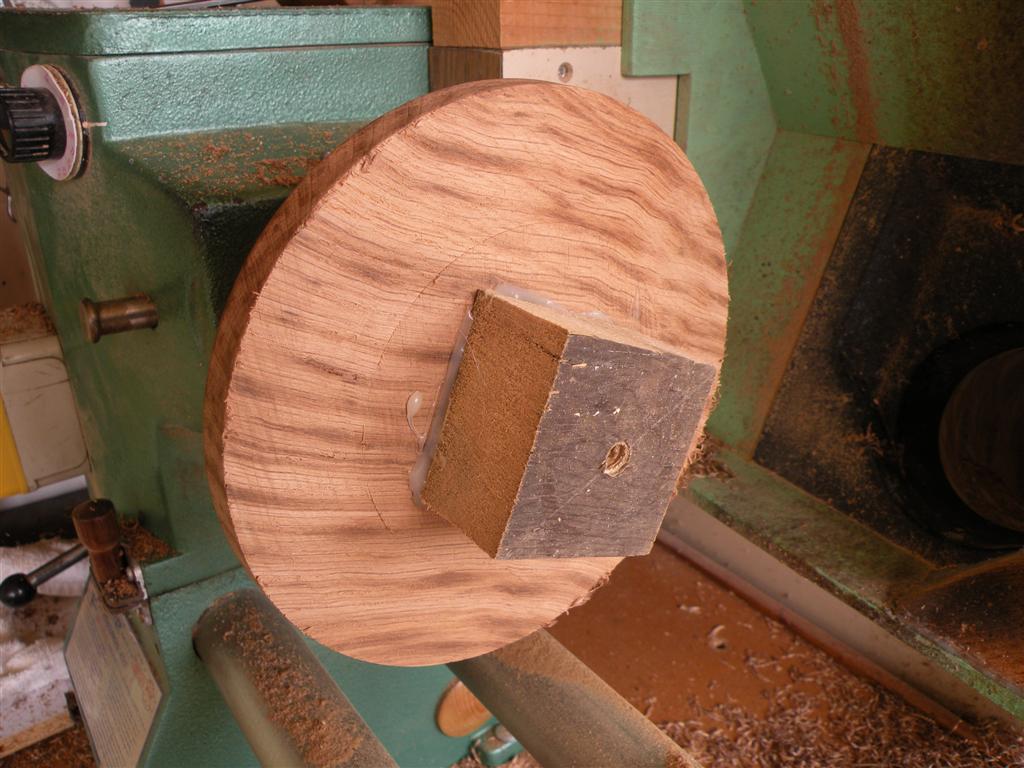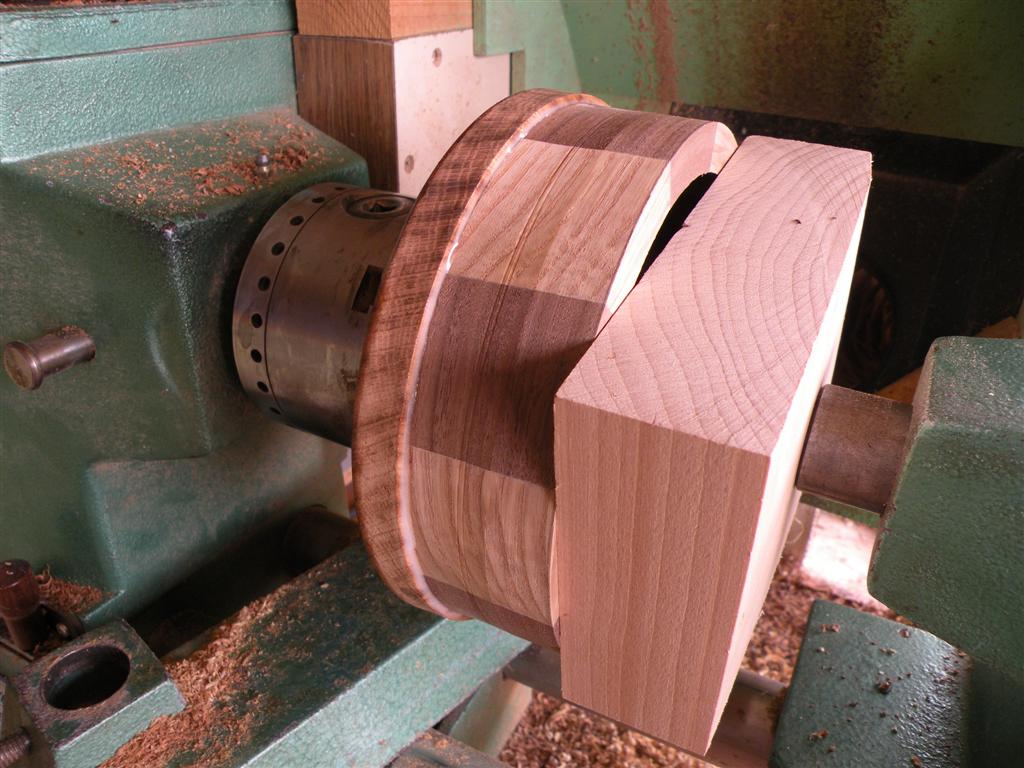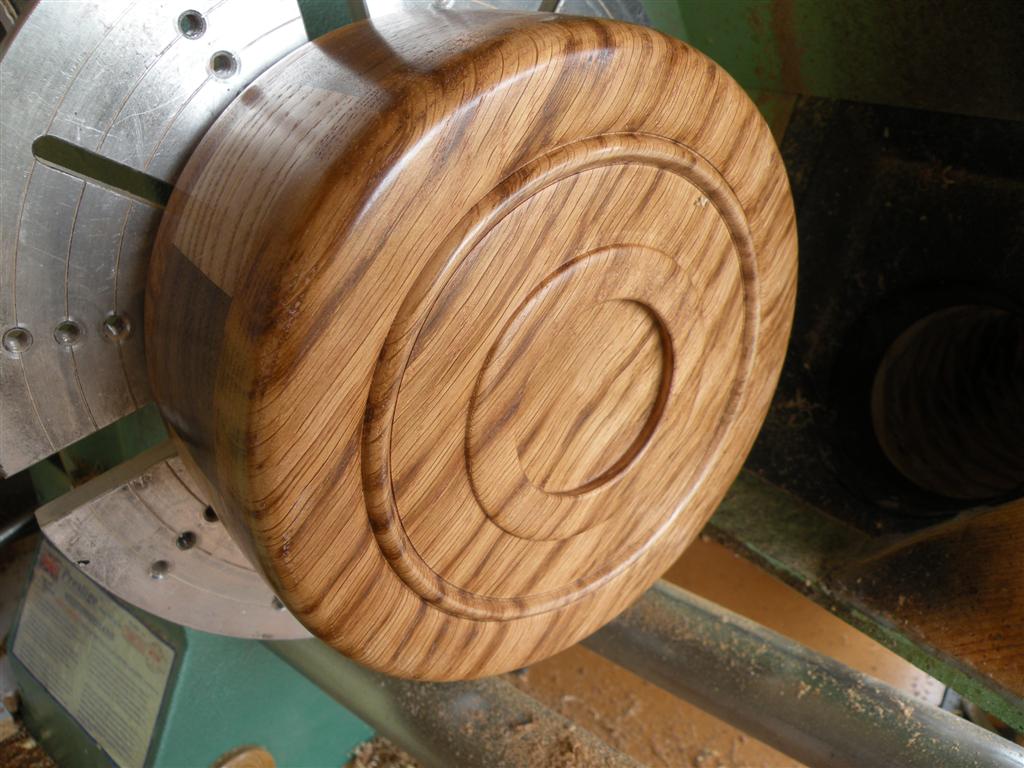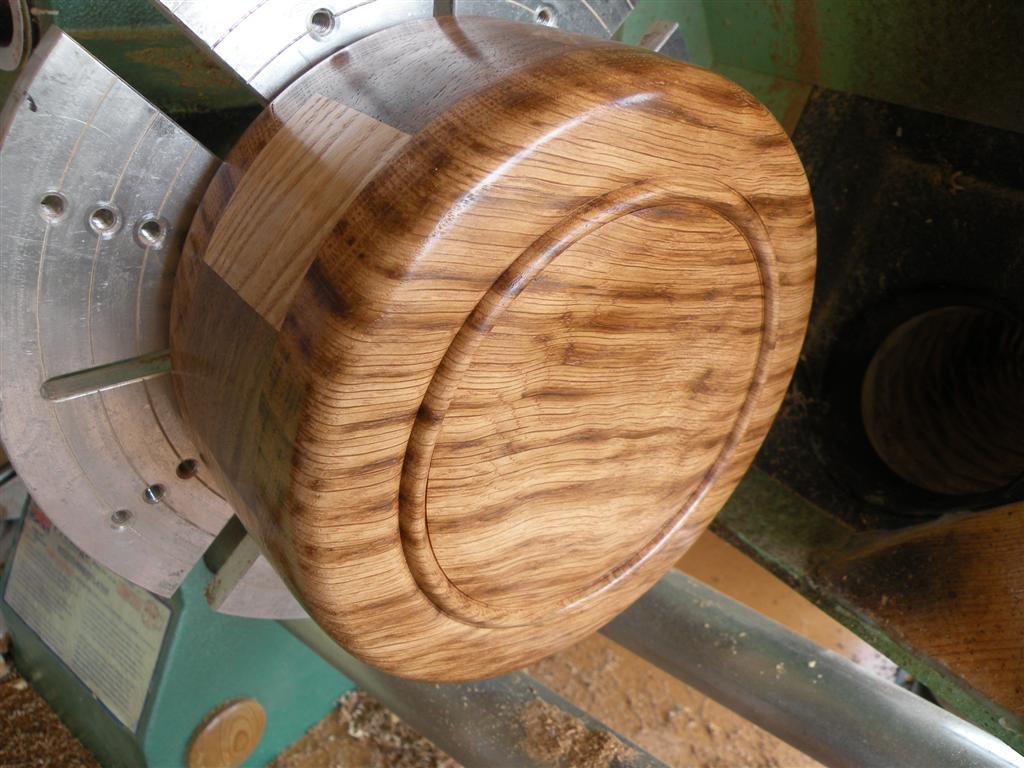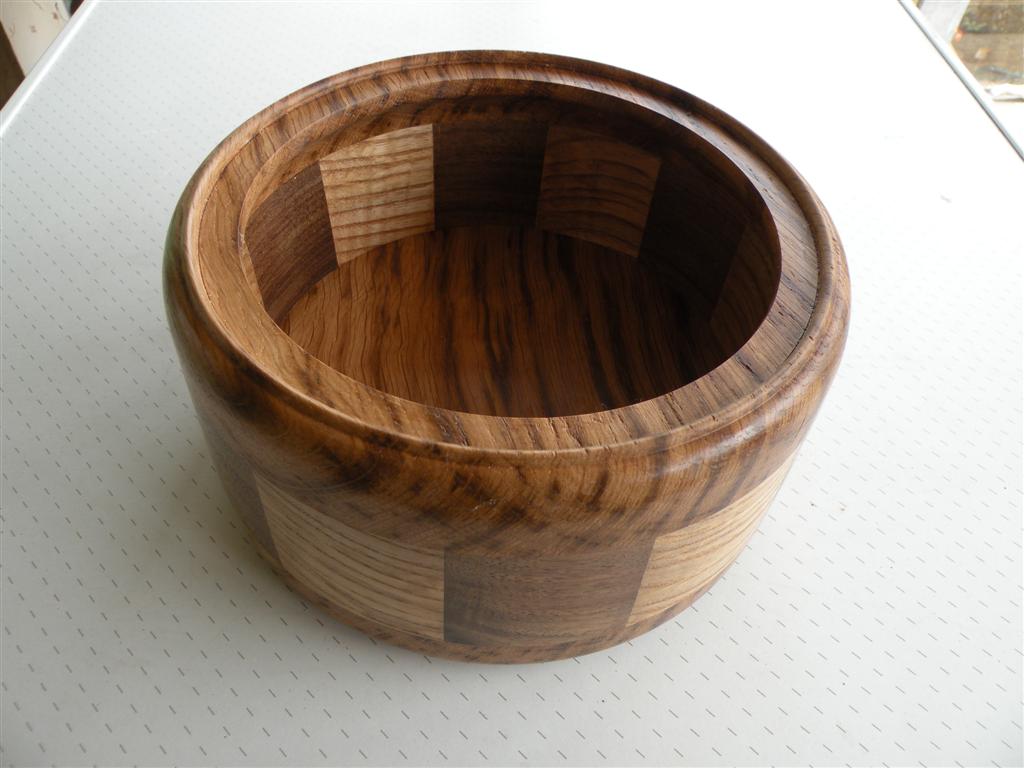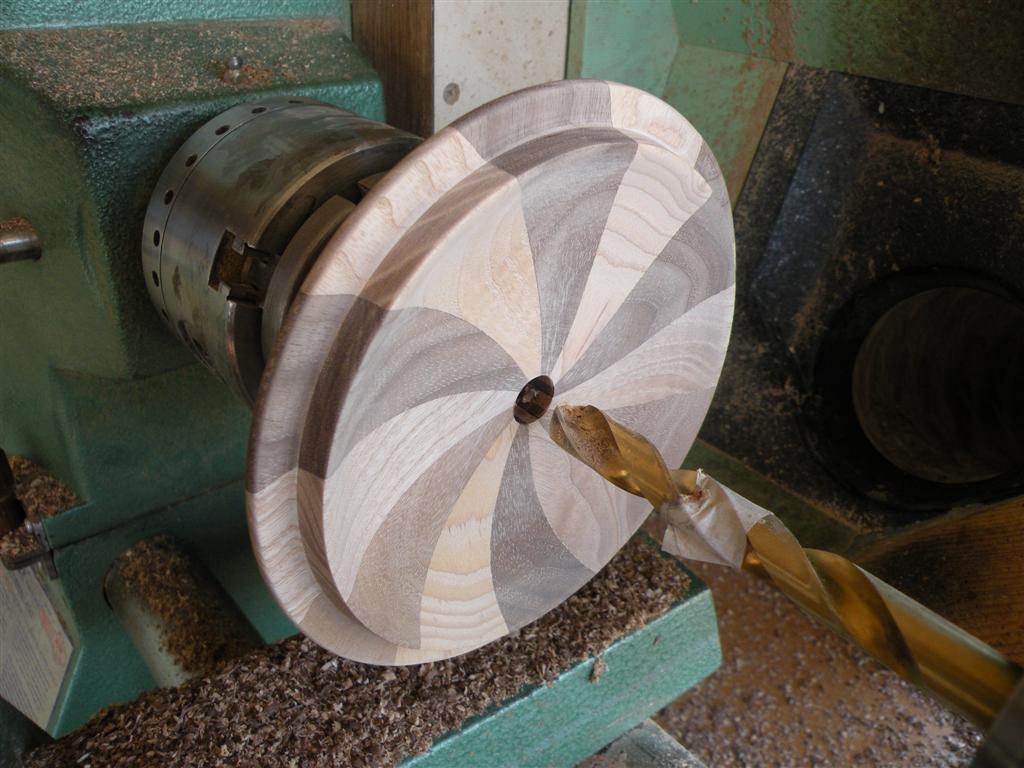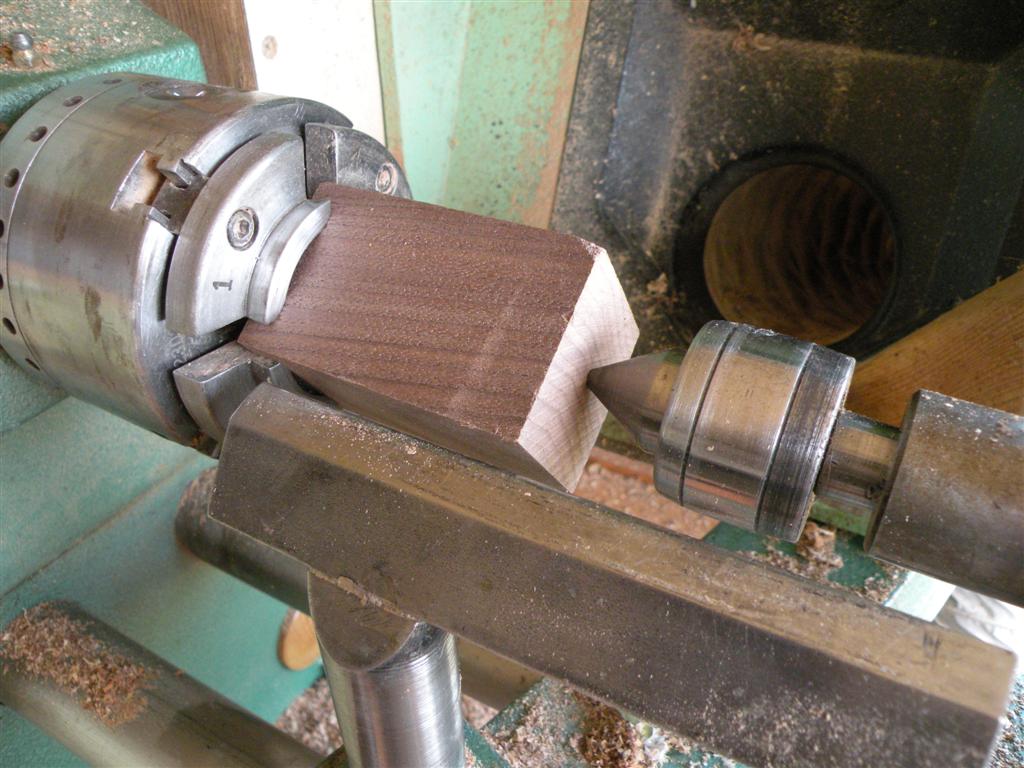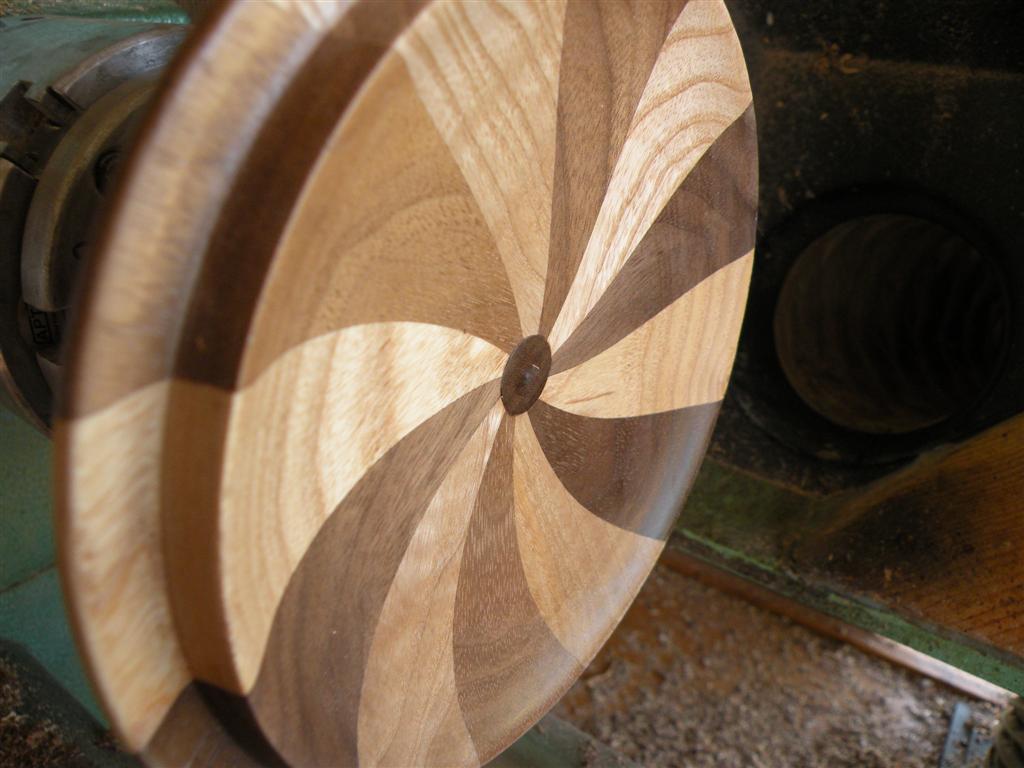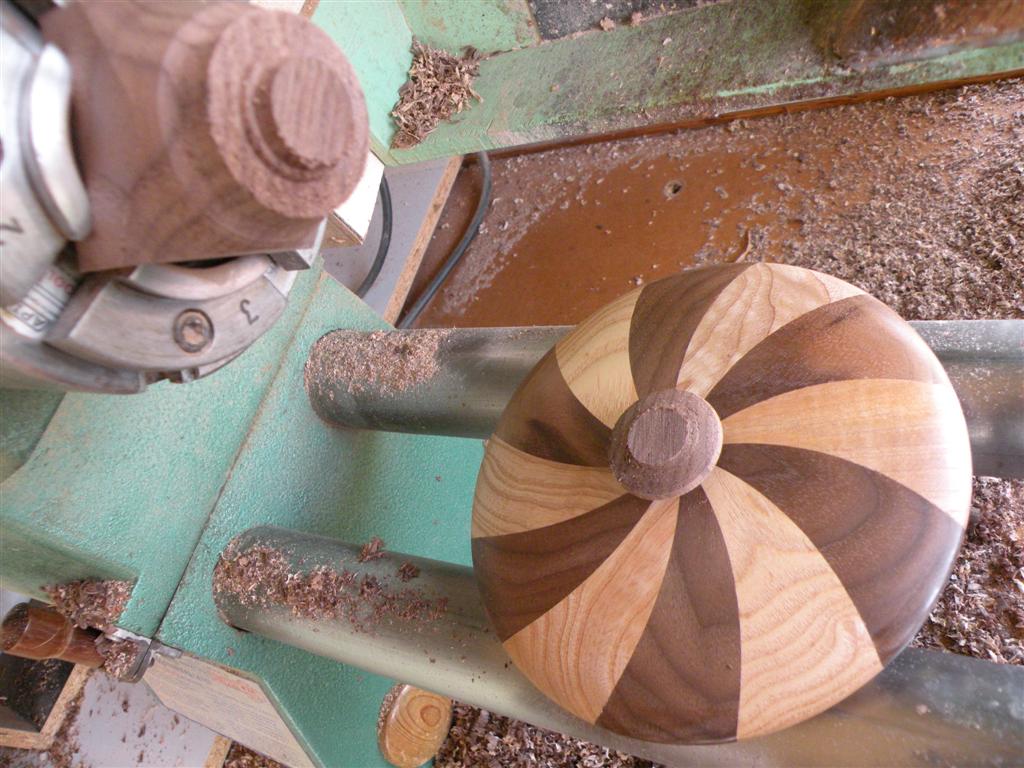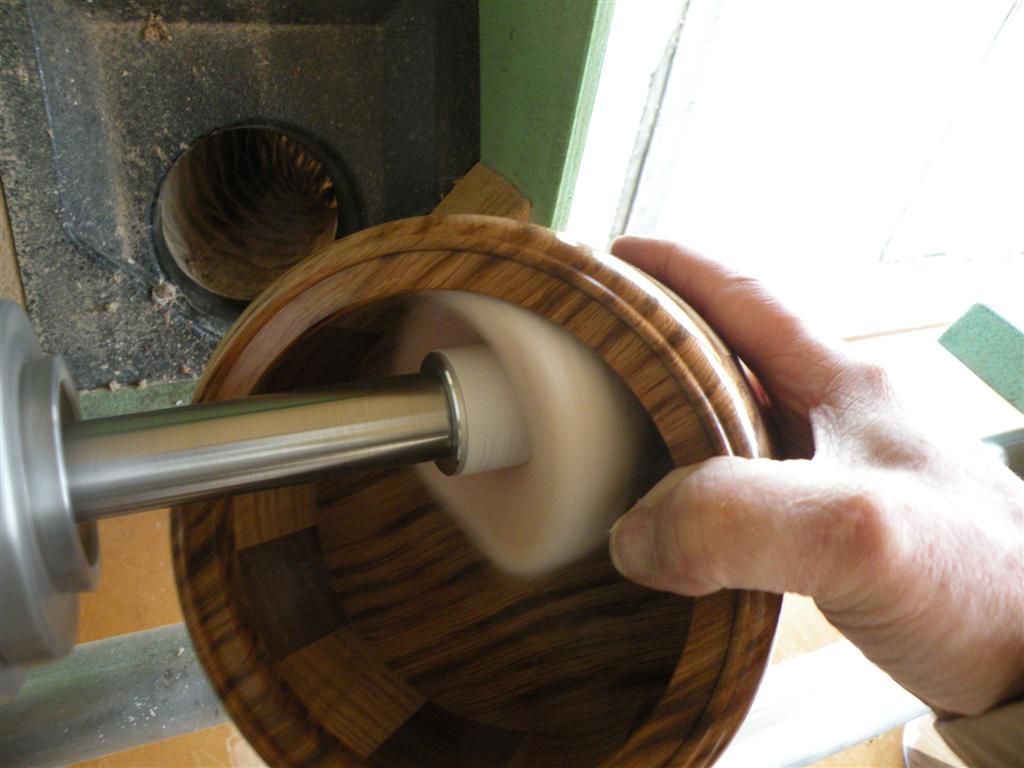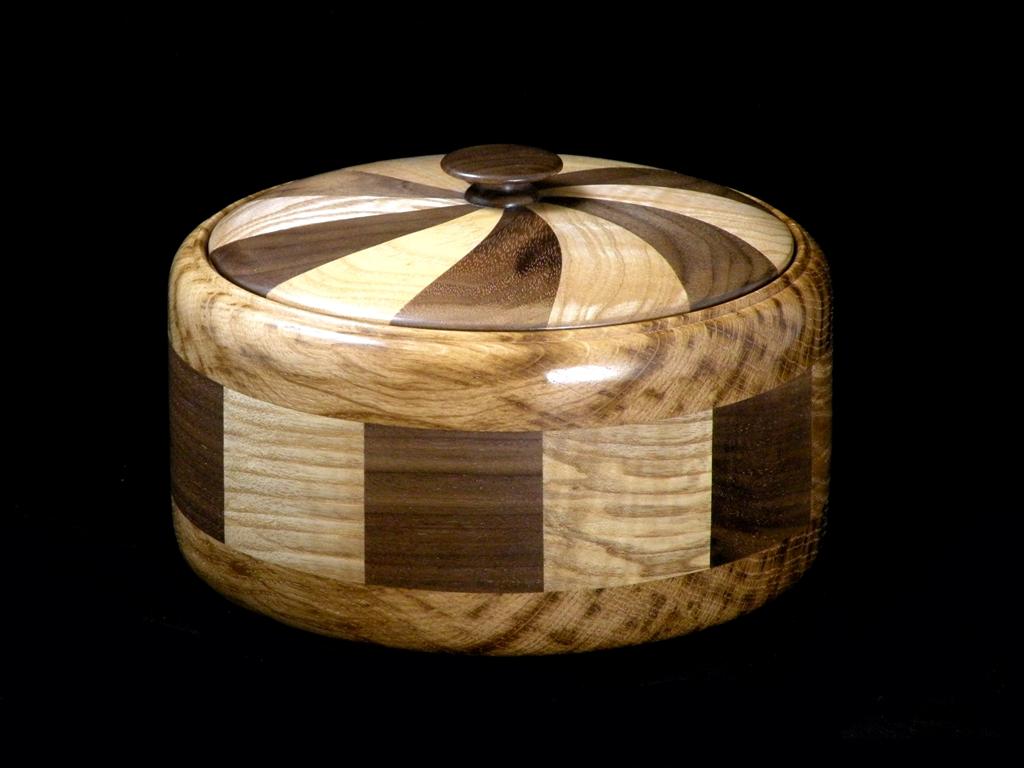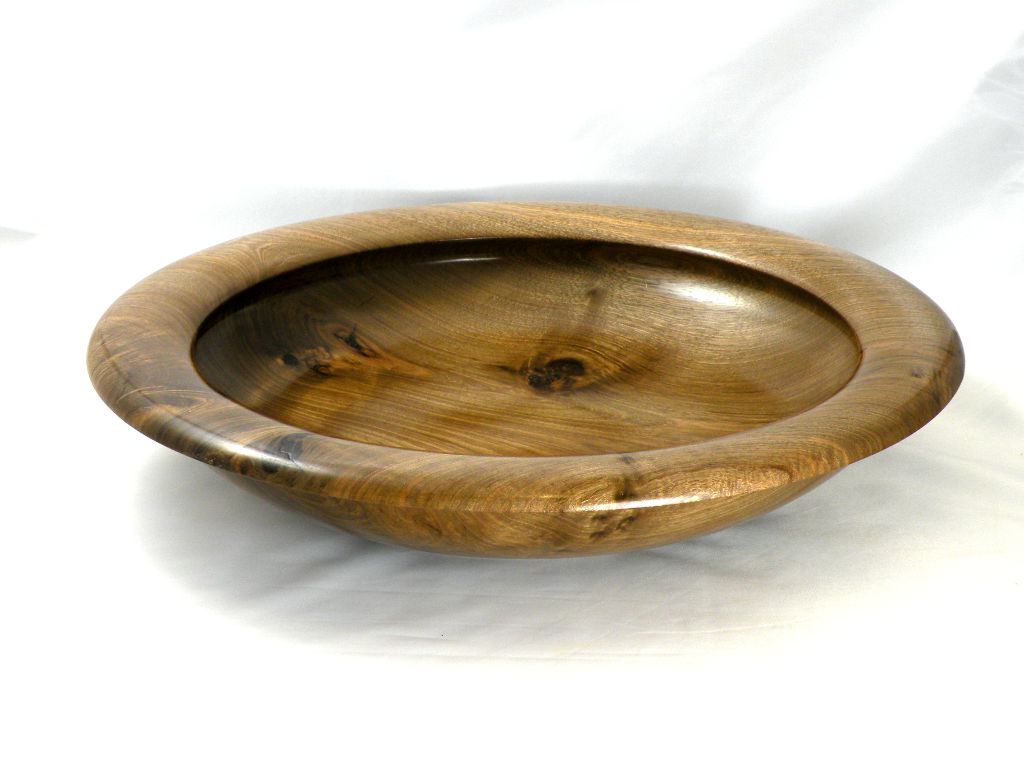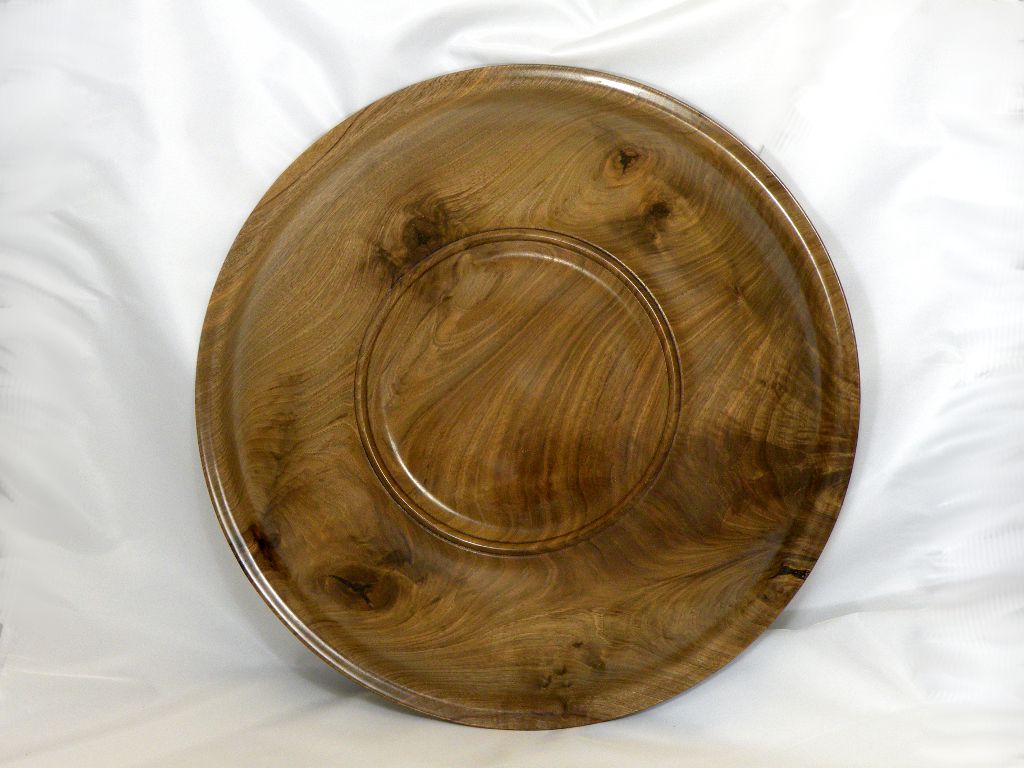CHJ
Established Member
Sorry I don't have any record of the build ups, I was too busy trying not to make a mistake on the cutting etc.
I do have a set of bits cut out for a lid similar to the pencil pot sides which may be prepared for glue-up later on today or tomorrow if I can get the gardening tasks completed.
I'll try and get some pictures in the can of the various stages.
I do have a set of bits cut out for a lid similar to the pencil pot sides which may be prepared for glue-up later on today or tomorrow if I can get the gardening tasks completed.
I'll try and get some pictures in the can of the various stages.




